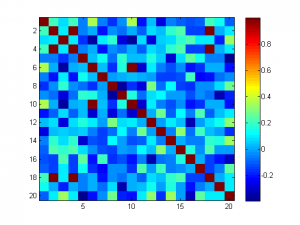Taking a customer-focused approach to data analytics helps provide optimal value, enhance engagement and understand the overall customer journey. Individuals’ actions provide valuable information that goes further than what is collected with surveys and online profiles. Additionally, actions uncover hidden patterns that can be used to build a recommendation system to guide customers toward other interests.
Here are the most common approaches to creating recommendation systems:
- Collaborative filtering. This is based on data about similar users or similar items. It includes these techniques:
- Item-based: Recommends items that are most similar to the user’s activity
- User-based: Recommends items that are liked by similar users
- Content-based filtering: Makes suggestions based on user profiles and similar item characteristics
- Hybrid filtering: Combines different techniques
Recommendation systems results are similar to those on sites that suggest products and people, like Amazon and LinkedIn. Collaborative filtering leads to more of a self-learning process, since it is entirely based on actual activity and not data provided by users. There are scenarios where the others are more appropriate that we’ll address soon.
Similarity between users or items is measured by “distance” calculations from those long-ago geometry and trigonometry classes. You can use the results with a visualization tool such as Tableau, creating a similarity matrix and quickly identifying relationships.
It is sometimes helpful to group individuals and items into categories, which can be done by combining similarity scoring with data mining techniques like cluster analysis and decision trees.
Recommendation systems generally require data structured by columns instead of the row-based data that is best for interactive data discovery. Similar to text analytics, the items themselves — meetings, publications, donations, and content — represent large columns. It’s used by specialized R packages for the recommendation system features described in this book.
These algorithms generally need binary values, like a “yes” if someone purchased an item and “no” if he did not. But if users can rate items on a scale of 1-5, what does a score of 3 mean? Normalizing scores based on individual and overall ratings is a good way to answer this question.
The data requirements are really not as onerous as they may sound. Once data is in the right format for the R analysis tools, your imagination can take over to drive actionable association analytics. Content-based filtering works well for new users, and a hybrid approach can help prevent a “filter bubble” where some people get a too-narrow set of interests from similar recommendations.
Data from meeting registrations, membership history, donations, publication purchases, content interaction, web navigation, survey responses and profile characteristics can be used to guide association customers. Additionally recommendations can bring people with common interests together. This new insight can be used to enhance all customer interactions, ranging from email marketing to dynamic website presentation to event sessions.




